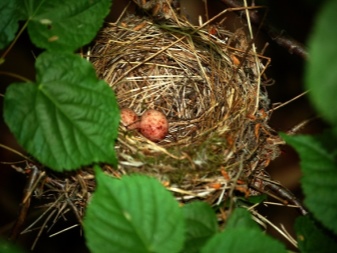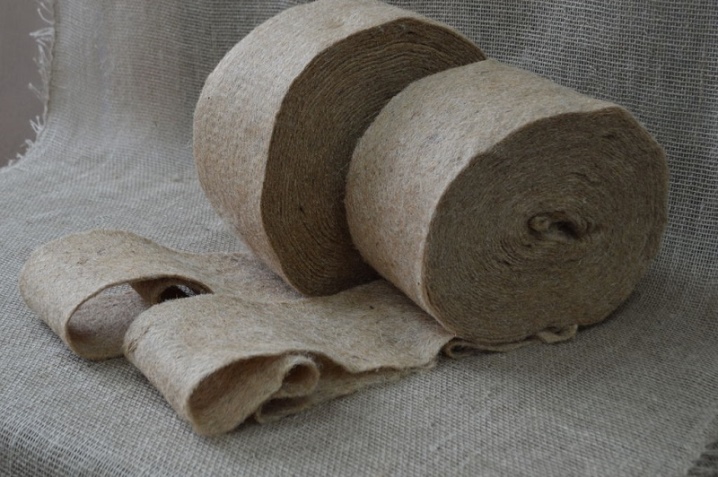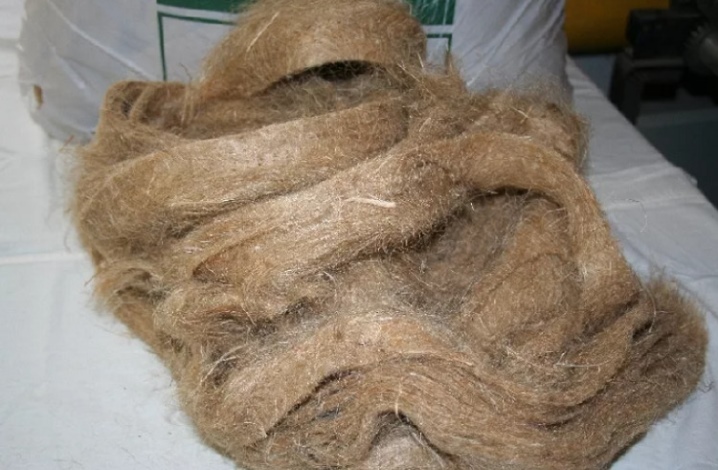Types of tow for caulking and its application

Caulking tow and tools for hammering it may seem archaic to modern builders, but they are absolutely essential in the assembly and construction of log cabins. To seal the gaps that form between the individual structural elements, experienced craftsmen use natural materials that are as environmentally friendly and safe as possible. Our detailed review will help you to understand what the tow for the seams of the house is made of, how to properly hammer it between the logs of a log house with your own hands.

Peculiarities
Tow for caulking is natural or synthetic fiber material capable of sealing joints... It is used in plumbing and other fields of activity. But the main purpose of tow is filling the joints between the crowns of the log house. The formation of cracks in the space between the logs occurs in the process of their natural drying. In fact, the blockhouse simply shrinks, and the resulting gaps have to be filled, sealing them, preventing drafts. Tow is a coarse fiber material obtained from natural raw materials.


Among its features are the following.
- High strength... The material is resistant to breaking loads, withstands long-term continuous operation.
- Convenient release form... For caulking, tow is produced in ribbons - in the form of long narrow strips, easily tucked into the mezhventsovye gaps.
- Breathable structure. Oakum perfectly permeates air, ensures the preservation of natural ventilation inside the log house.
- Resistant to fungi and mold. The material is considered bactericidal, does not contribute to the formation of rot and mold on the surface of adjacent wood.
- Hypoallergenic... Unlike artificial insulation, tow does not cause negative reactions, it is completely safe for health.
- Aesthetic appearance. Mezhventsovye joints with such an insulating material look smooth and neat.
- Ease of use. Oakum is much more convenient to use than moss or other materials.

Among the negative points, one can note the attractiveness of tow for insects and birds, which damage its fibers. In addition, the material needs additional caulking.


Species overview
To seal the gaps between the crowns of log cabins, only tape tow is used. It easily enters the cracks formed, it is simply cut out. The division into types in this case is carried out based on the raw materials, on the basis of which the tow is made.

Linen
Natural flax is the main raw material in the production of this type of tow. After processing, the fibers have a gray tint, a loose structure, and average heat-insulating ability. Linseed tow must be additionally protected from moisture, but it is resistant to weathering, crumbling, insect damage, mold and fungus.

Jute
Light brown or beige, it is made from plant fibers. The material has excellent breathability, is environmentally friendly, and provides additional sound insulation. Jute tow most often attracts the attention of birds and insects. In this case, it is definitely not worth neglecting additional processing of fibers.

When choosing a form of tow, it is worth remembering that the tape option is most often used for initial insulation... To eliminate a small secondary shrinkage, the most common material in bales, lighter and looser, is quite enough.

Popular brands
Today, many companies produce tow for caulking. On sale you can find offers of Russian and foreign brands.

The market leaders include the following companies.
- StroyPak... The Moscow manufacturer produces high quality and clean tape linen tow. The material is supplied in rolls, you can choose the width based on the dimensions of the walls of the log house.
- "RNV resource". The company from Novosibirsk supplies products in bales and rolls, the main focus is on the linen type of materials. The minimum package weight is 10 kg.
- "PMK Stroy"... The Perm company offers a wide range of tow, including material in caulking strips. The products are sold in packages of 60 kg.
- EcoService... The company from the Novgorod region specializes in the production of tow in bales and bands. The product is completely ready to use and is of high quality.



Giving preference to the products of proven companies, there is no doubt that the process of caulking the seams will be really successful.
How to caulk correctly?
The process of caulking the cracks in the log house begins with the selection of materials. The master will need a special tool for hammering the tow. It's called a caulk and looks like a wooden spatula with a flat, narrow tip.
A mallet is also useful - a special hammer with a rubber-coated work surface.

You can do all the work with your own hands quite easily and quickly if you follow the instructions.
- Prepare material. It is possible to calculate the consumption, taking into account the length of the walls and the slots between the joints. To close them, you will need an amount of material slightly exceeding the total length of the lumens. The tape should be taken with a margin of 1-2 m.
- Choose the right time. Work inside a log house or log house can be carried out even in winter. It will not work just to apply a sealant - it requires positive atmospheric temperatures.
- Define a method. Caulking in a set helps to close up large gaps. In this case, the material rolled into a ball gradually unwinds, at the same time clogging in the slots, it can be twisted, increasing its volume, and used flat. The caulking method is good in cases where it is impossible to simply put the tape in the slot. A strip of tow is divided into strands, then it must be hammered between the logs across the fibers.
- Process the material. This is necessary to protect the tow from insect attacks. For a while, the fibers are soaked in a solution of water with formalin.
- Get to work... Tow must be pierced, deepening it with caulk and mallet inside the cracks. Work begins from the bottom corner of the wall, from left to right, with progress in rows along the perimeter of the entire structure. Particular attention is paid to corner areas.
- Apply a protective coating, allowing to make the outer part of the insulation coarser, resistant to the influence of atmospheric factors.


Upon completion of the work, you can use the blockhouse for its intended purpose. It is also quite permissible to put tow on the timber when it is mounted on the frame. In this case, re-insulation is carried out after 6-12 months.

How to protect from birds?
Oakum is a material that can attract the attention of birds... They pull out fibers and use them to build nests. In order for the feathered guests not to be too annoying, it is worth taking care of the surface protection in advance. The easiest way would be to cover the tow with varnish or other similar materials. They cover the outside of the soft fibers, making them stiffer, unattractive to birds.
Also, highly diluted PVA glue helps to provide the desired effect. It is considered a more sustainable alternative to paints and varnishes. In addition, with high-quality caulking of the cracks, the birds simply cannot get to the fibers of the tow.The material must be compacted very well, then it will be out of reach of pests.









The comment was sent successfully.